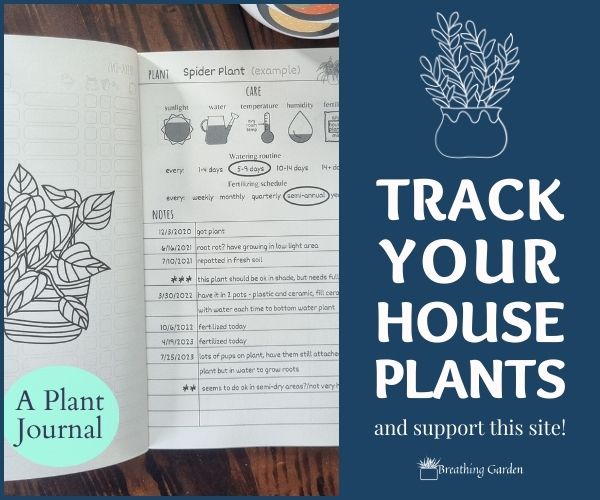Is your lavender plant overwatered? It can be tough to tell, but there are a few signs that you can look for. In this article, we will discuss what overwatered lavender plants look like, how to tell if your plant is overwatered, and what you can do to save it!
*This post may include affiliate links. When you purchase items from these links, we will receive a small commission, at no extra cost to you, to help support this website. Thank you for your support! Read more ->
Keep in mind that most of this will relate to a lavender that’s in a pot, rather than in the soil, since it’s easier to trap water in a pot.
What Does Overwatered Lavender Look Like?
It can be kind of confusing because an overwatered lavender plant and underwatered plant may have the same look. An overwatered lavender plant can:
One of the easiest ways to tell that you’ve got an overwatered lavender is to feel the soil. If it feels soggy, then you’ve likely got an overwatered lavender plant on your hands!
Causes of an Overwatered Lavender
An overwatered lavender plant can cause a lot of damage to the plant and roots. There are several reasons why you may have an overwatered lavender, such as too big of a pot, too much rain, or simply overwatering the plant.
If you’ve got too big of a container for your lavender plant, it can lead to overwatering. The excess water will stay in the soil and cause root rot rather than drain out.
Rain can also be a big problem for lavender plants, since it’s so easy for them to become overwatered if they aren’t properly drained. If your lavender plant has been in a heavy rain storm, it’s likely overwatered and you’ll need to take steps to save it.
Finally, overwatering can be a big issue for lavender plants. If you are watering your lavender more than necessary, then this could lead to overwatering and root rot as well.
Concerns of an Overwatered Plant
While being given excess water once in a while and then it draining out immediately isn’t a major concern, if you’ve got a constantly overwatered plant or your lavender is stuck in soaking wet soil, it can have serious consequences.
Root rot can set in, leading to yellowing leaves, wilting, and eventually the death of your lavender plant. If you don’t take action when you spot overwatering signs, it could be too late for the health of your lavender.
It’s also more likely to lead to fungal infection (which is a main cause of lavender turning grey).
Save an Overwatered Lavender
If you think your lavender is overwatered, there are a few steps you can take to save it.
The first step is to check the soil and see if it is too wet. If so, the first thing to make sure of is to stop watering it! Then try to remove any excess water from the pot as quickly as possible. Remove your pot from the saucer to allow water to drain away from the plant instead of staying in the water.
You should also repot your lavender into fresh, dry soil that’s well draining like cactus soil. Make sure to not water right away until your lavender is healthy. At the same time as repotting, check the roots to make sure they still look alive and aren’t soggy, which is an indicator of lavender root rot.
If you’re looking for a new pot, think about a terracotta pot to allow the moisture to breathe through the sides.

How Often Should I Water My Lavender?
So how often should I water my lavender to keep it from being overwatered again? It really depends on the size of your pot, your soil type, and the weather – generally speaking lavender plants should be watered every 7-14 days.
To check if you should water your plant, stick your finger in the potting mix about an inch deep. If it’s dry then it’s time to water it again!



